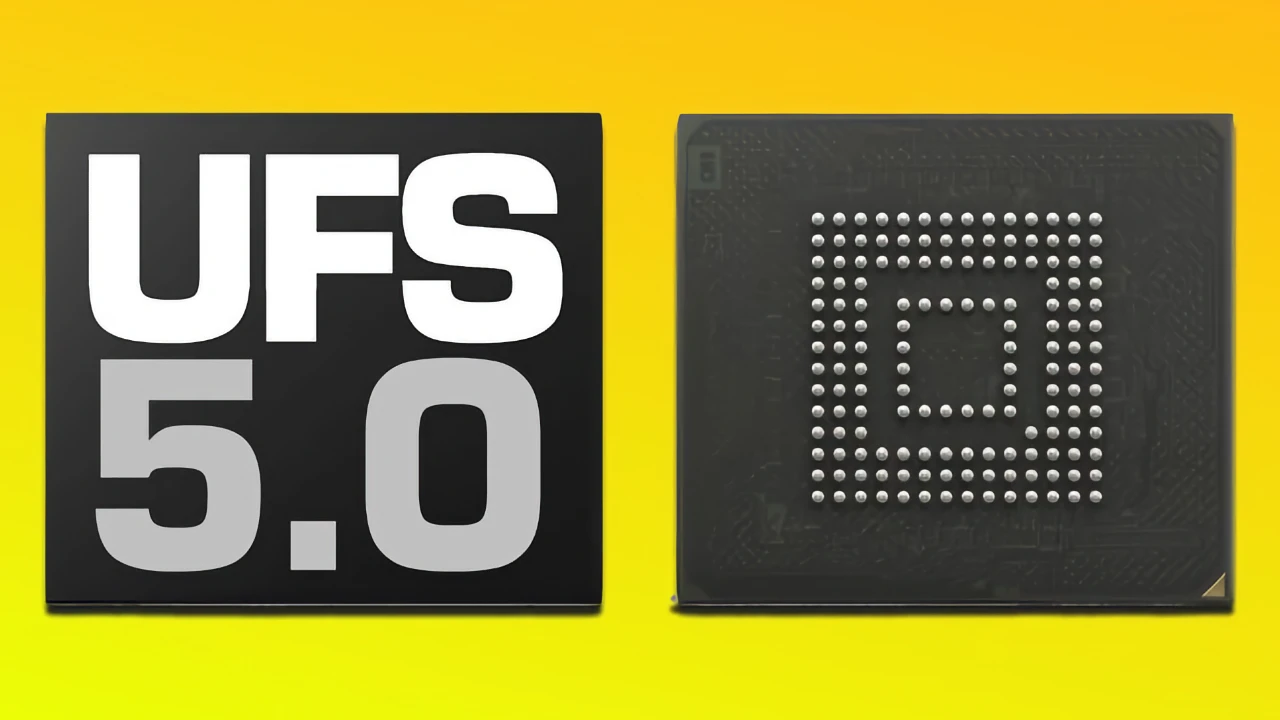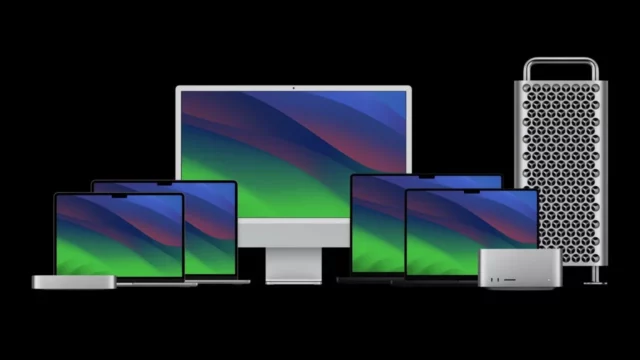A new era is dawning for many of the technological devices we use, especially our smartphones. This era will eliminate speed limits. The UFS 5.0 standard, considered the future of mobile storage technologies, has been officially announced. The new technology offers twice the performance of the current UFS 4.0. It will also consume less energy and improve battery life.
Incredible Speeds with UFS 5.0: 10.8 GB per second!
So, how fast is UFS 5.0 exactly? Let’s look at the numbers. The new standard can theoretically reach a data transfer speed of 10,800 MB per second (i.e., 10.8 GB). This performance is very close to the PCIe Gen 5 technology used in today’s fastest computer SSDs. Considering that the current best standard, UFS 4.0, only reached 5,800 MB per second, the magnitude of the difference becomes clear.

What are the Advantages of UFS 5.0?
In addition to this significant speed increase, the UFS 5.0 standard also introduces other significant innovations. Here are the highlights:
- Lower Power Consumption: Despite its high speed, it will consume less energy, extending the battery life of devices.
- Advanced Architecture: Its new architecture will ensure a more stable data flow and reduce signal noise.
- AI-Focused: It will deliver a critical performance boost, especially in applications and devices requiring intensive AI processing.
- Backward Compatibility: It will be compatible with UFS 4.0 and 4.1 hardware. This allows devices with next-generation flagship processors to easily take advantage of this technology.
The speed revolution that UFS 5.0 will bring will not be limited to smartphones. It is targeted for a wide range of uses, from wearables to game consoles. It will also extend from the infotainment systems of modern cars to other AI-focused devices.
Let’s get to the question on everyone’s mind: When will we start using this technology? According to reports, major chip manufacturers will begin shipping the first UFS 5.0 storage units to device manufacturers towards the end of 2026. The first UFS 5.0 devices that will reach end-users, meaning they’ll see them on shelves, will have to wait until 2027. In the meantime, existing UFS 4.0 technology will continue to be developed. However, the real leap forward appears to be UFS 5.0.













